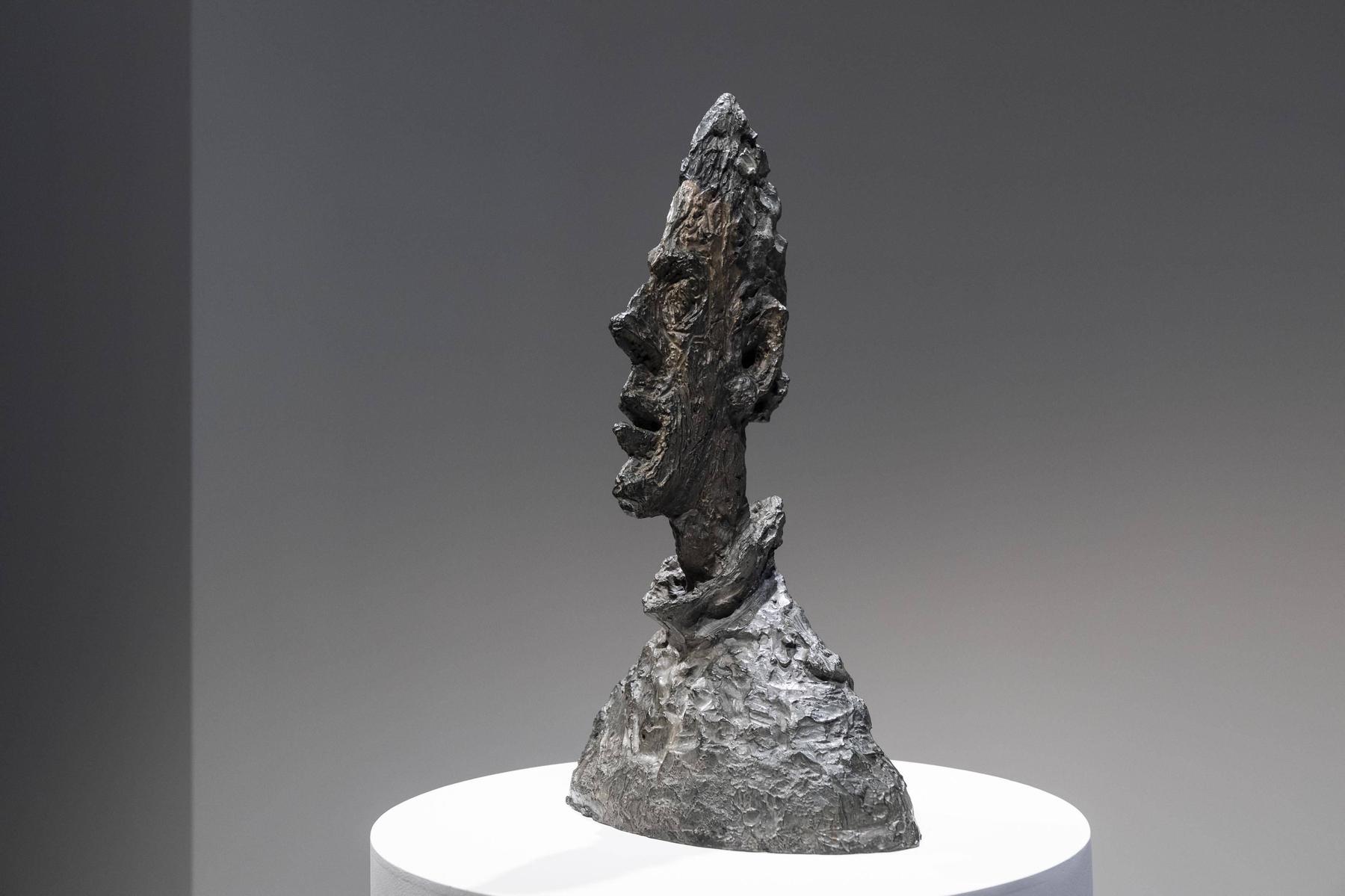Prado Museum reveals fraud scheme that involves a fake picture of Caravaggio

A picture that, for a while, was believed to be a lost masterpiece of Michelangelo Merisi da Caravaggio (1571-1610), has now become the central point of an important fraud investigation. The work of art, entitled Ecce Homo with two executioners, was sold by 275 thousand euros ($ 297,000) by Spanish dealer Herennia Trillo in early 2023. However, the experts of the Prado Museum in Madrid denounce it as a falsification, stating that the work belongs to an unknown artist with « a particularly non-refined work. »
According to El Confidencial, which was the first means of communication to publicize the story, Trillo will have conspired with a woman who was passing as a specialist in Caravaggio of the Uffizi Gallery of Florence, identified as Sara Muñoz. A Madrid gallery owner, David Badía, is also under scrutiny because he allegedly issued fake invoices to hide the origins of Trillo’s gains.
Trillo will have pressured the buyer to advance with a hasty purchase, claiming that other investors were interested. After the sale, he blocked later authentication and later tried to send the frame to herself in Switzerland instead of handing it over to the buyer, according to reports.
The experts of the Prado Museum were called to evaluate the picture last summer. Although they confirmed that it belonged to the Italian baroque tradition, not to the Spanish, and to date it from the early seventeenth century – technically aligned with the time of Caravaggio – excluded their attribution to the old Chiaroscuro master.
The Court of Madrid will now analyze the evidence of the assessment of the table performed by Prado.
Last year, another Ecce Homo painting, authenticated by Prado as a true caravaggio, was sold for $ 39 million. A year earlier, in 2023, a auctioneer of Madrid had evaluated him at 1,500 euros, thinking he left the brush of a follower of Spanish painter José de Ribera (1591-1652). The oil on canvas, which represents Christ to bleed under a crown of thorns, was evident to the public from May 27 to October, as part of an exhibition in the prestigious Spanish museum.
The ‘man in person’
For the non -initiates, Caravaggio was an Italian artist born in 1571. He had a troubled life, in which poverty and violence were recurring. He became protected from the powerful Colonna family, as well as Cardinal del Monte, but was forced to escape Rome following his involvement-intentional or not-in the murder of a young man. He took refuge in Malta, as he was a knight of that order, but died in mysterious circumstances in 1610, 38 years old.
Its art is often identified by the use of Clara-Escuro-a dramatic contrast between light and shadow. Interestingly, this technique may be why some of Caravaggio’s works have disappeared for so long. (The Ireland National Gallery, for example, currently hosts the Italian’s take -off Christ, after being discovered in a Dublin dining room in 1990).
Over the years, as the varnish of a painting yellows or accumulates dirt-particularly in household environments-the treatment of Caravaggio’s characteristic light can become dark for the detached eye.
Euronews Culture resident film critic David Mouriquand did an in -depth analysis of Caravaggio’s influence on Netflix Ripley’s television series last year. In the series, which takes place in Italy, the works of the Baroque painter are regularly presented and cinematography is mainly inspired by his aesthetics.








